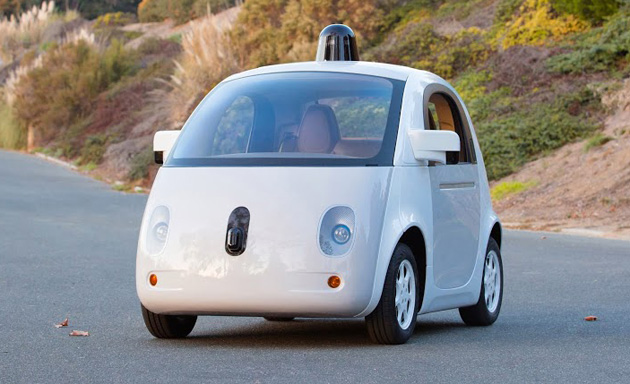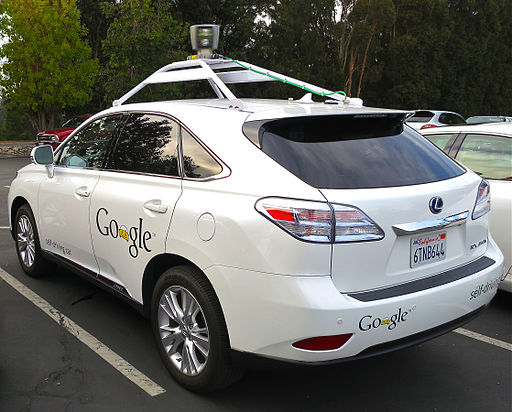 |
| Ranch houses in San Jose |
Whether you claim to care about global warming, income inequality, and/or improving public health, what you should really want to see is a huge housing boom in the Bay Area based around building new walkable urban centers. The mild climate means houses and apartments in the area need to use relatively little energy for heating and cooling. The climate also means that if new communities were built densely enough, it would be easy for people to walk or bike to work, which is both very good for the environment and for individuals' health. Finally, more housing in the area would allow more people to take advantage of the robust local economy.
Since the Bay Area is full of liberals that claim to care profoundly about these issues and highly educated tech companies that say their goals are to improve the world with things like shared economy apps and green tech, a massive push for new urbanization in the region should theoretically have huge political support here. Yet despite the money, the need, and the space being here for such a change, it is only the lack of political will holding it back. For example the very wealth city of San Jose has less than half the population density of Philadelphia and if Oakland simply had the same density as San Francisco there would be room for an extra 600,000 people in the area. In fact, the Bay Area is producing new housing at a truly pathetically slow rate. Instead, people in the area are fighting more urbanization based on nebulous, selfish goals like preferring the look of ranch houses or just not liking change.
Even in a place where the people and companies claim to care about improving the environment, people aren't willing to embrace change or just aren't capable of building the local political will to back proven solutions. That makes me very pessimistic about the ability of good policy to win.
 |
| Cobalt Slave |





















